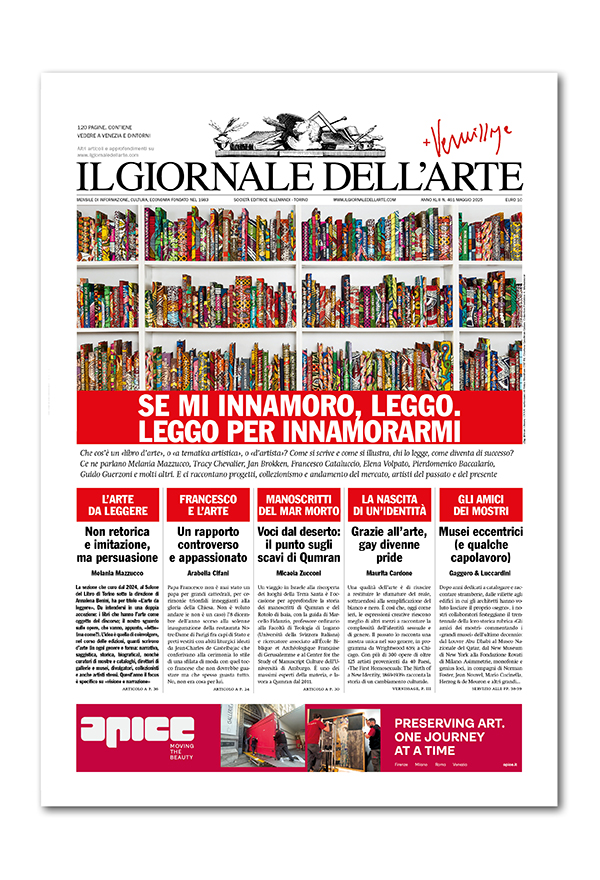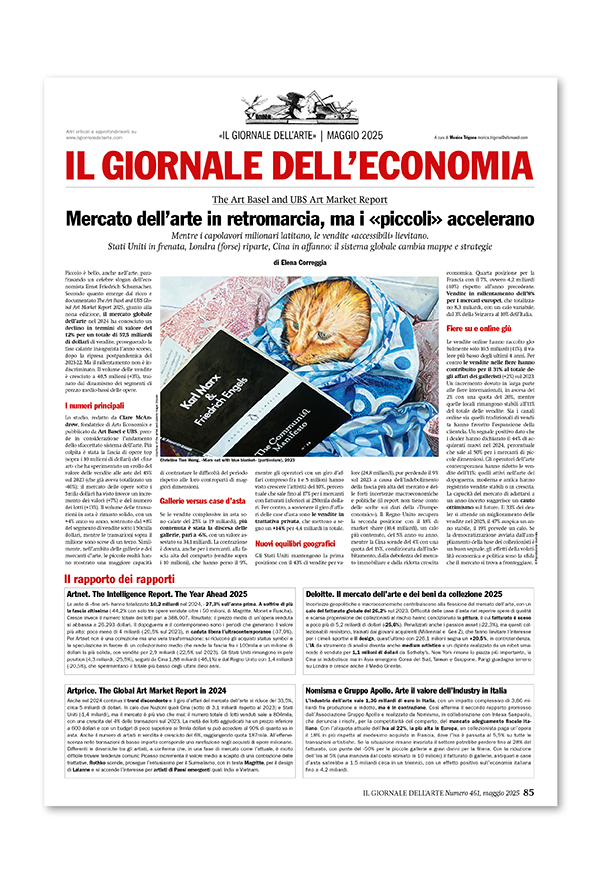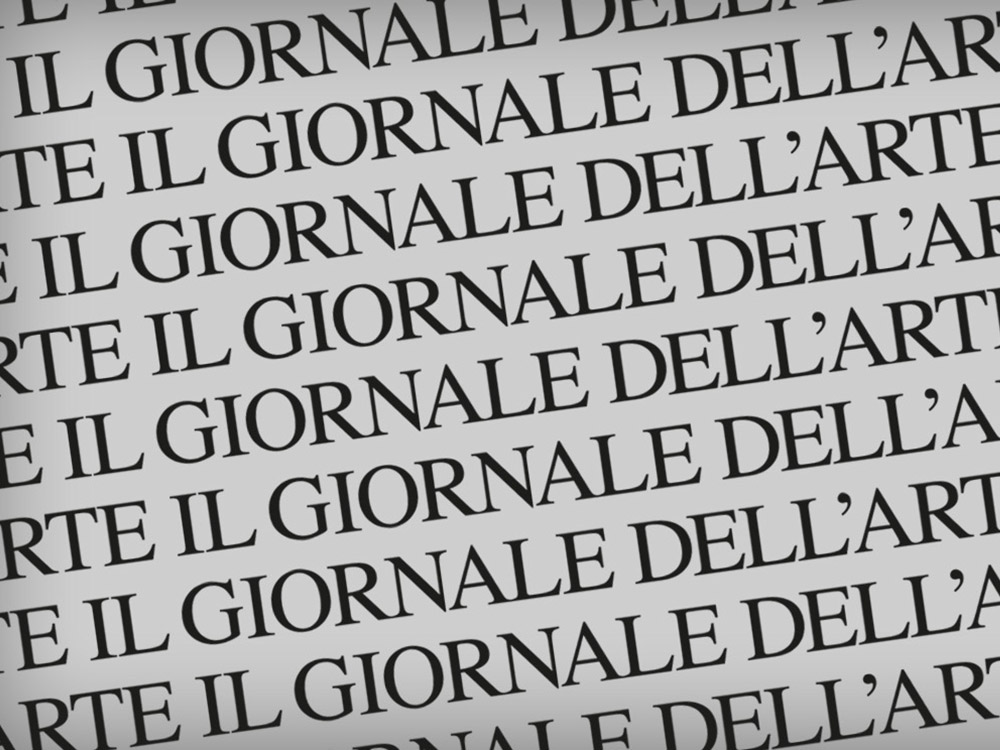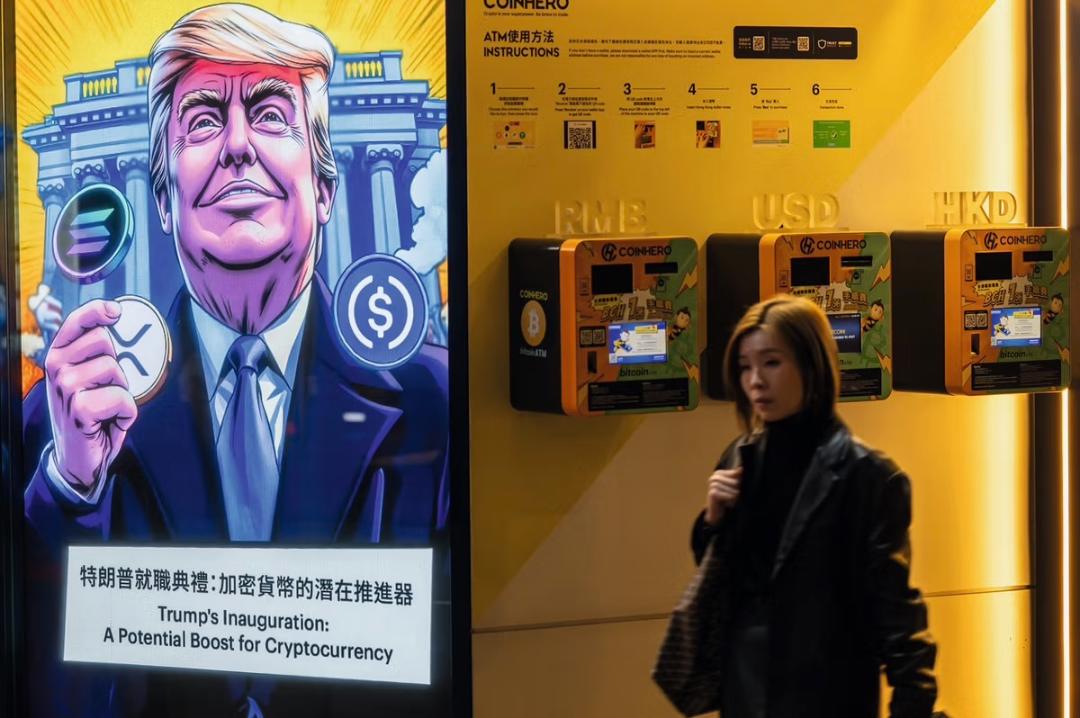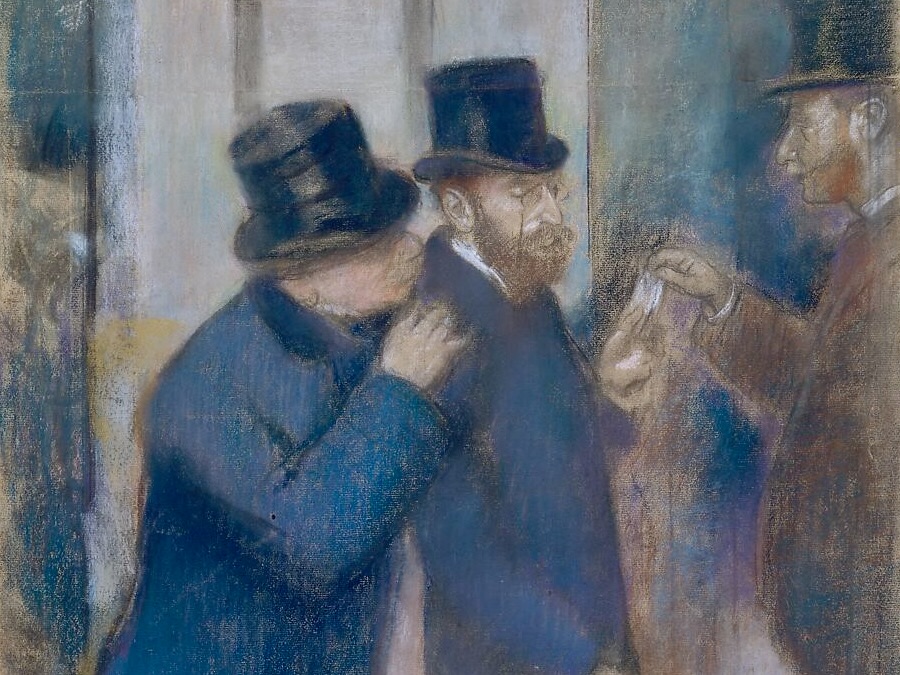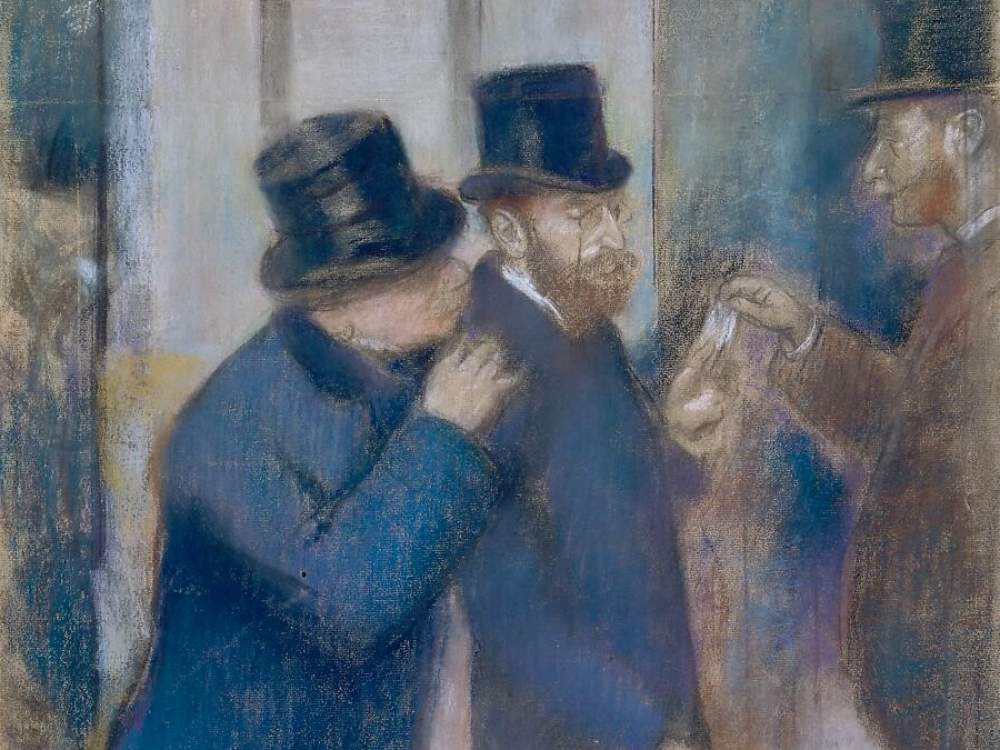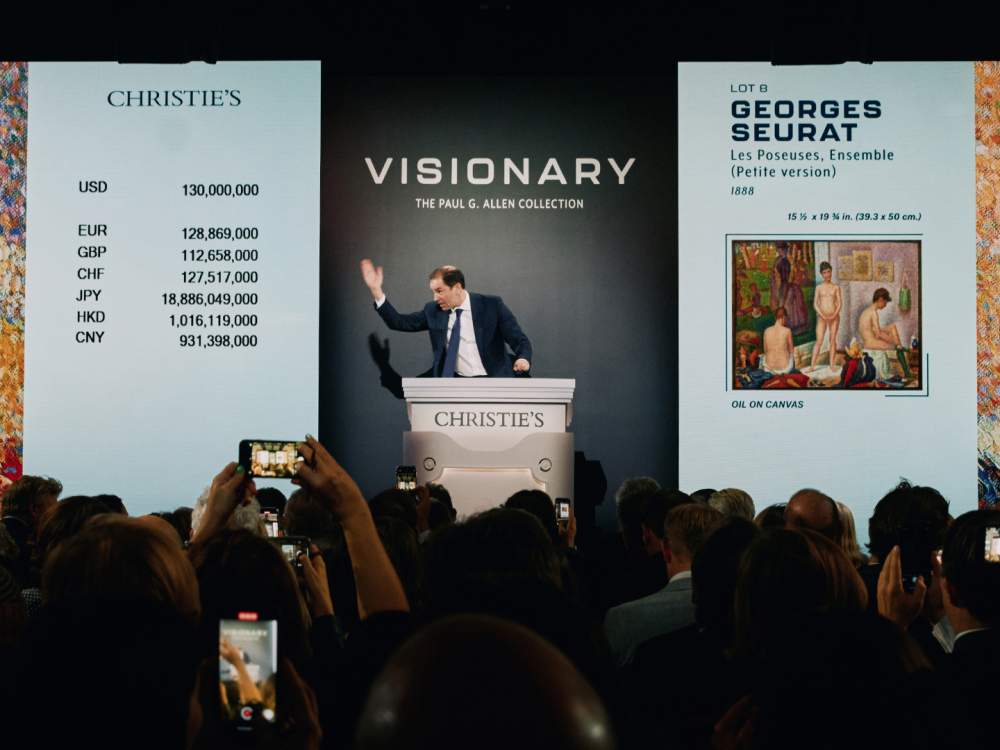
Verifica le date inserite: la data di inizio deve precedere quella di fine
Scott Reyburn
Leggi i suoi articoliLe conseguenze per il mercato dell’arte anglo-americano se Donald Trump metterà in pratica la riforma del sistema contributivo annunciata in campagna elettorale.
Leggi l'articolo sul New York Times
As we enter 2017, and the inauguration of Donald J. Trump looms, many sectors of the global economy are wondering what impact his presidency will have on their business. The art market is one of them.
Last year, the political and economic uncertainty generated by the United States election (not to mention Britain’s referendum on leaving the European Union and other so-called macro factors) made collectors hesitant to buy or sell artworks.
Mr. Trump’s stated commitments to reducing taxes and regulation, as well as to negotiating better trade deals and investing in infrastructure.
Collectors are, however, concerned about one potential downside of Mr. Trump’s suggested tax changes. The Tax Policy Center in Washington points out that the incoming president plans to reduce the tax benefits of charitable giving — which could include donating art to museums.
These will be the concerns of the 14th edition of the Documenta quinquennial, which is shaping up to be one of most talked-about art events of 2017.
This influential event could usher in a new phase of didactic art. Alternatively, thanks to dominant narratives like Mr. Trump, art could be about to get a lot more interesting.
Altri articoli dell'autore
Il festival londinese Condo ha suggerito che le ripercussioni del trionfo di Donald Trump alle presidenziali americane non sono state poi così evidenti
Più un’opera è indisponibile, più un’opera è cara, più un’opera è bella. All’inizio del XIX secolo l’arte inizia a diventare uno strumento finanziario. Lo rivela una mostra alle Monnaie de Paris, mentre Sotheby’s si trasferisce nell’ex sede del Whitney. E l’ex tempio dei musei diventa il nuovo tempio del mercato
Più un’opera è indisponibile, più un’opera è cara, più un’opera è bella. All’inizio del XIX secolo l’arte inizia a diventare uno strumento finanziario. Lo rivela una mostra alle Monnaie de Paris, mentre Sotheby’s si trasferisce nell’ex sede del Whitney. E l’ex tempio dei musei diventa il nuovo tempio del mercato
I super ricchi ora sono 2.688: si calcola che con la loro morte finiranno all’asta almeno due collezioni all’anno da 500 milioni di dollari

